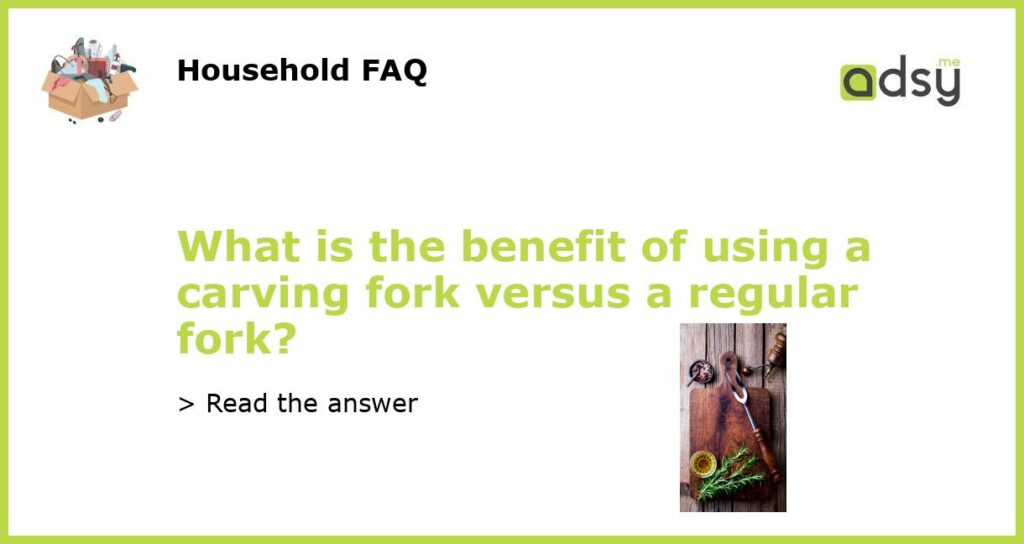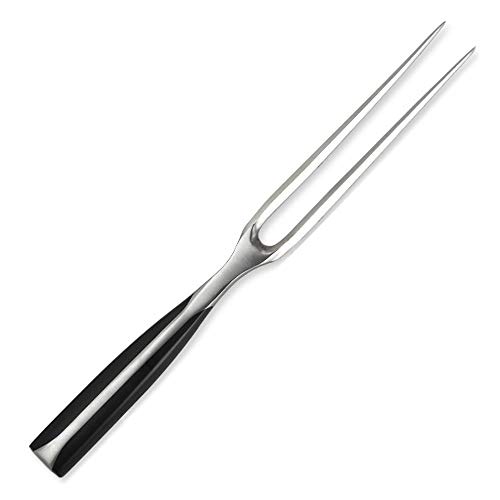Carving Fork vs. Regular Fork: Which One to Use?
Have you ever wondered why some people use a carving fork instead of a regular fork when handling meat? While both have their uses, the carving fork offers some benefits that the regular fork doesn’t. Here are some reasons why you might want to consider using a carving fork:
Improved Grip
When it comes to handling meat, a carving fork offers better grip compared to a regular fork. The tines of a carving fork are usually longer and sharper, making it easier to hold the meat in place while carving or slicing. This is particularly handy when working with large cuts of meat such as a roast, where you need to be in control of the meat to get even slices.
Reduced Juice Loss
Juice loss is a common problem when handling meat, especially when using a regular fork to hold or move it. Because regular forks don’t have the same level of grip as carving forks, they can puncture the meat, causing juice to escape. Carving forks, on the other hand, are designed to grip the meat firmly without tearing or puncturing it, reducing the amount of juice lost.
Better Safety
Using a regular fork to carve or slice meat can be dangerous because the tines are not long enough to hold the meat securely. This means that there’s a risk of the fork slipping and causing injury to your hand or fingers. Carving forks, with their longer tines, provide better safety by holding the meat more securely and reducing the risk of accidents.
Efficient Handling
Carving forks are specifically designed to handle large cuts of meat, making them more efficient than regular forks. Because they provide better grip and reduce juice loss, you can use them to handle meat more efficiently, saving you time and effort in the kitchen. They are particularly useful when you’re dealing with large groups of people, and you need to serve up a lot of meat.
Easier Cleaning
Finally, carving forks are easier to clean than regular forks because they are usually made of stainless steel and have a more straightforward design. Unlike regular forks with small tines and intricate patterns, carving forks have larger tines with a smoother and simpler surface, making them less prone to food residue buildup. This means you can quickly rinse them under the tap or pop them in the dishwasher without worrying about getting them thoroughly clean.






